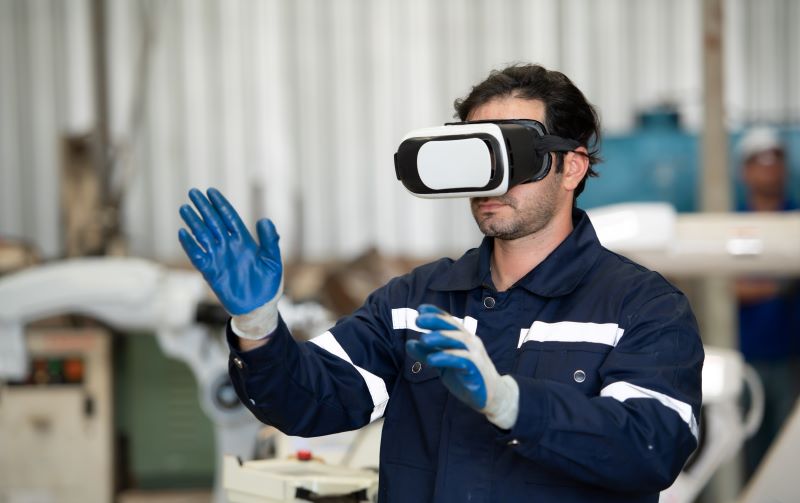Click here to get this post in PDF
In the evolving landscape of technology, Virtual Reality (VR) has emerged as a revolutionary tool, especially in the domains of training and simulation. This immersive technology is reshaping the way professionals in the military, aviation, and emergency response sectors prepare for real-world scenarios. By integrating VR into their training programs, these sectors are experiencing unprecedented advancements in the efficiency, safety, and effectiveness of their training processes.
Military Training: A New Frontier
In the military sphere, VR has transformed traditional training methods. VR simulations provide soldiers with realistic combat scenarios, allowing them to experience and react to various battlefield situations in a controlled environment. This not only enhances their situational awareness and decision-making skills, but also significantly reduces the risk of injury during training. From navigating complex terrains to handling sophisticated weaponry, VR enables soldiers to train in virtually replicated real-world scenarios without the constraints of physical logistics and safety concerns.
Aviation: Soaring to New Heights
The aviation industry has long been a pioneer in adopting simulation technologies, and VR has taken this to a new level. Pilots can now immerse themselves in highly realistic flight simulations, experiencing everything from routine flights to emergency situations without ever leaving the ground. This not only makes training more accessible and less costly but also allows for a safe environment to practice responses to critical in-flight emergencies. VR simulations in aviation training contribute significantly to enhancing the skills of pilots, ensuring they are well-prepared for any situation they might encounter in the air.
Emergency Response: Preparedness in Virtual Reality
Emergency responders, including firefighters, paramedics, and police officers, are turning to VR to simulate complex and dangerous situations that would be impossible or unsafe to recreate in real life. For instance, firefighters can use VR to experience the intensity of a raging fire and practice navigating through smoke-filled environments. This level of immersive training is crucial in preparing them for the unpredictability and hazards of real-life emergency scenarios.
Professional VR Safety Training Solutions
Amidst these advancements, the need for professional VR safety training solutions has become increasingly apparent. These solutions offer structured and realistic training modules, tailored to specific needs of various industries. They ensure that professionals are not just theoretically prepared but are also practically equipped to handle real-world challenges.
Final Thoughts
The integration of VR in training and simulation represents a significant leap forward in preparing military personnel, pilots, and emergency responders. By providing realistic, immersive, and safe training environments, VR technology is not just transforming how professionals train but is also setting new standards in preparedness and response capabilities. As VR technology continues to evolve, its impact on training and simulation is poised to expand, further revolutionising these critical fields.
You may also like: Virtual Reality Is At Home In Real Estate, And Here’s Why
Image source: elements.envato.com

